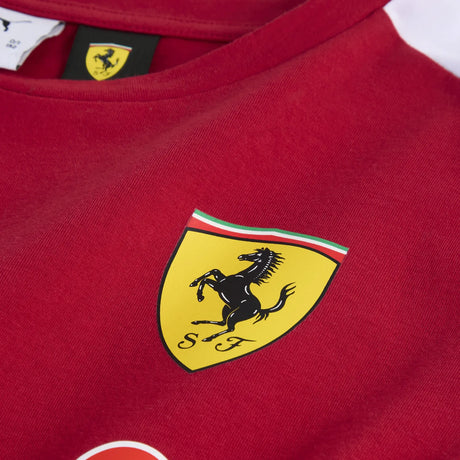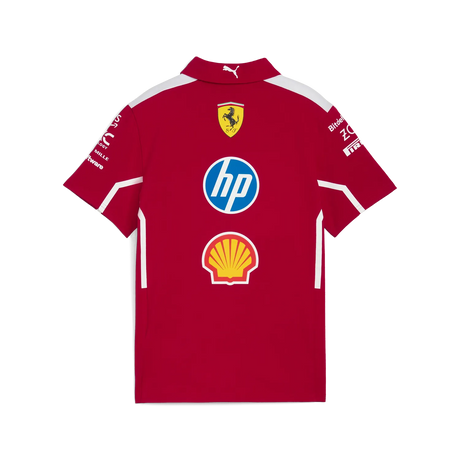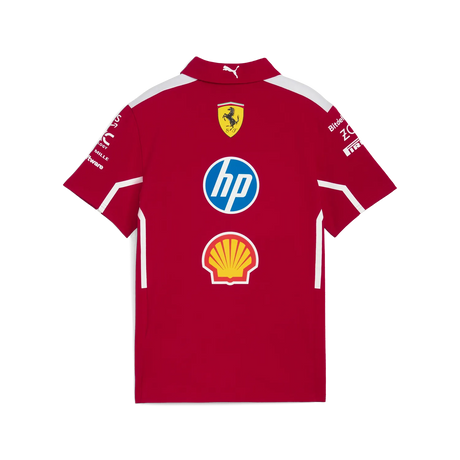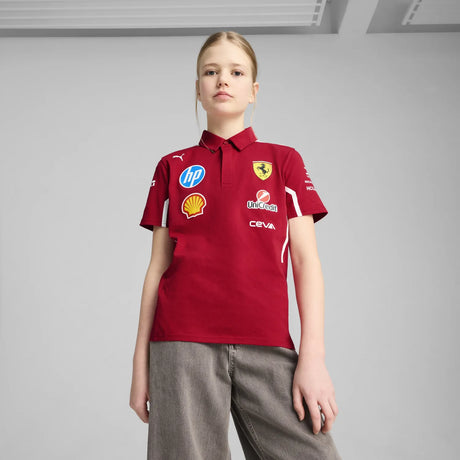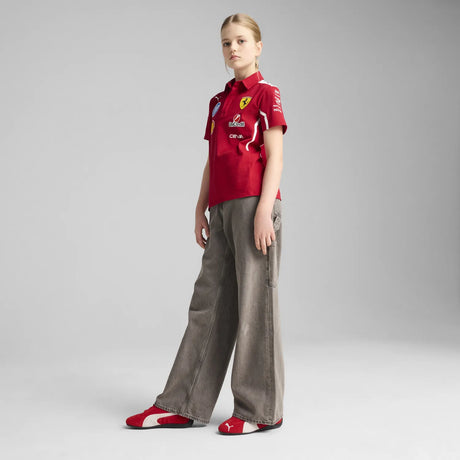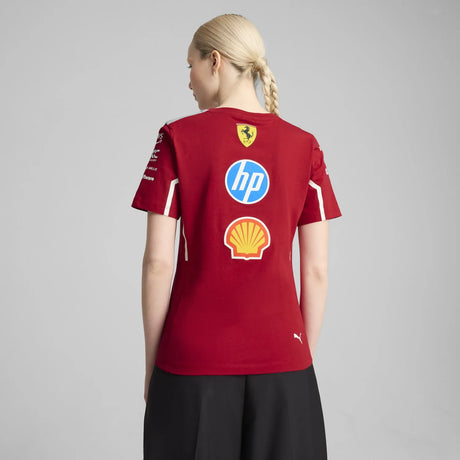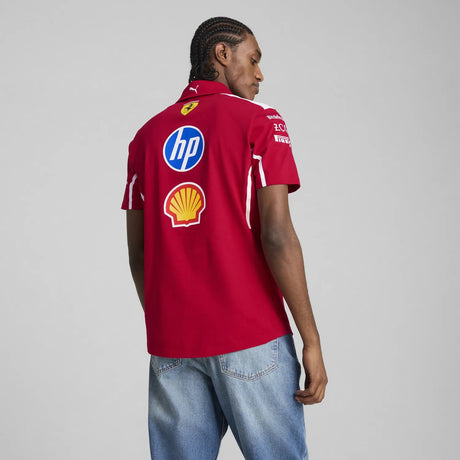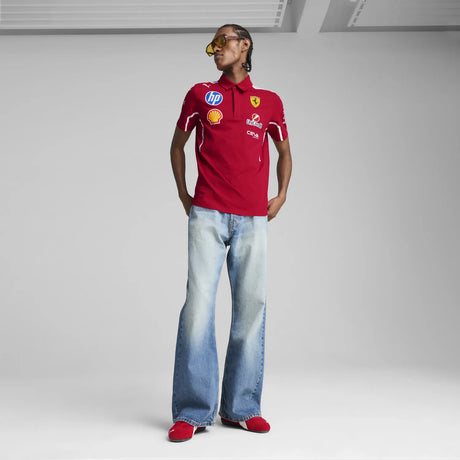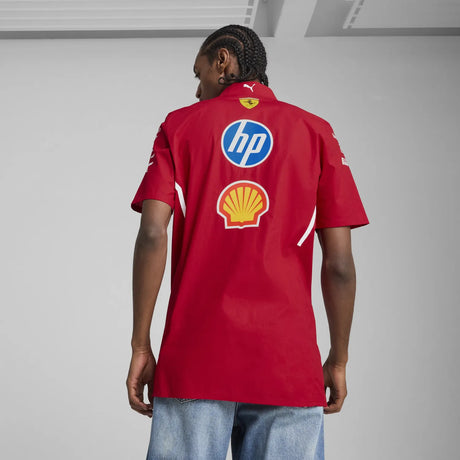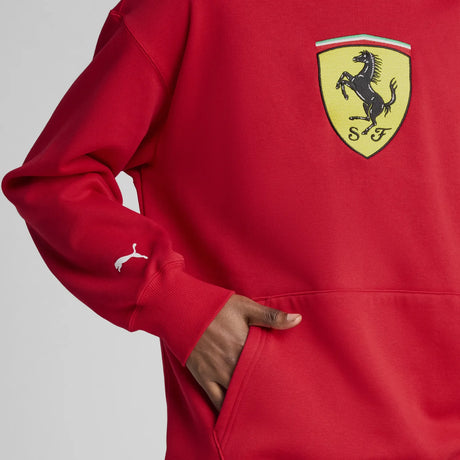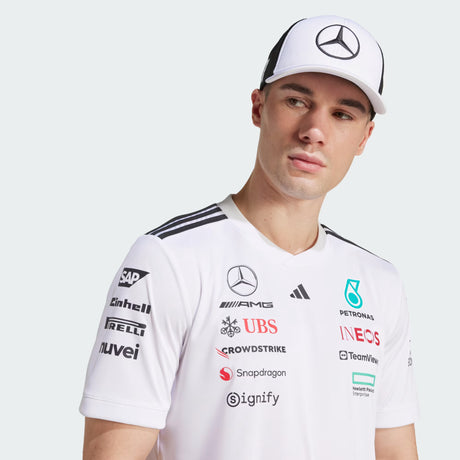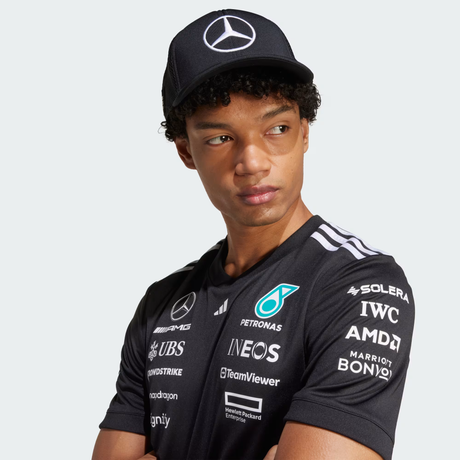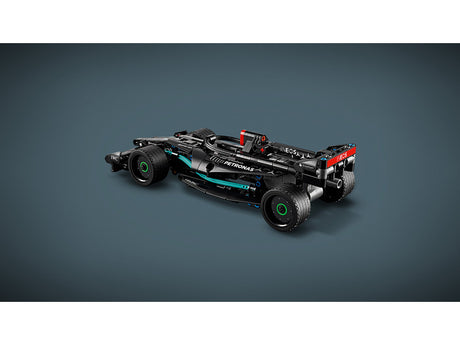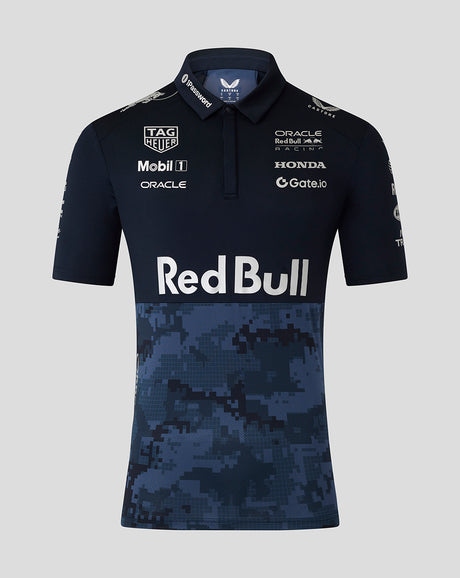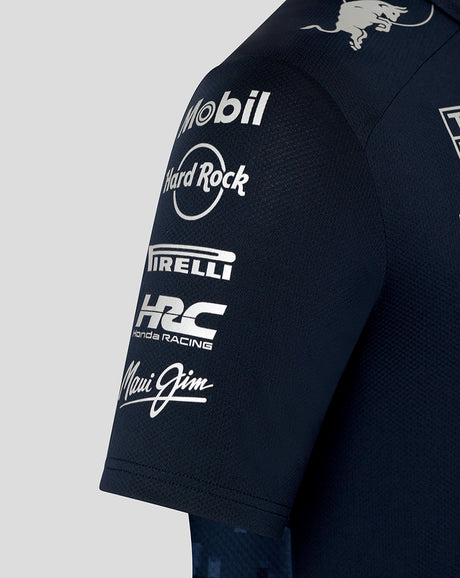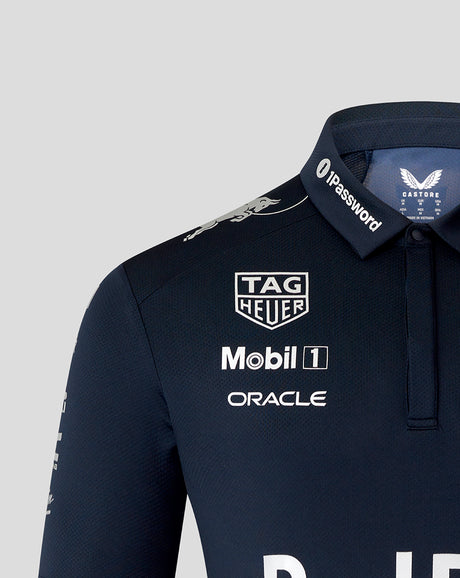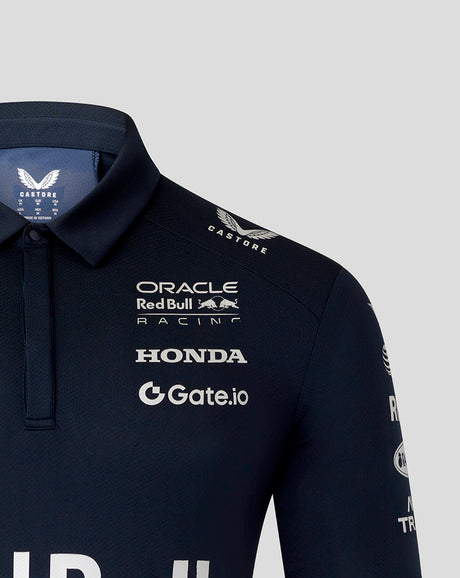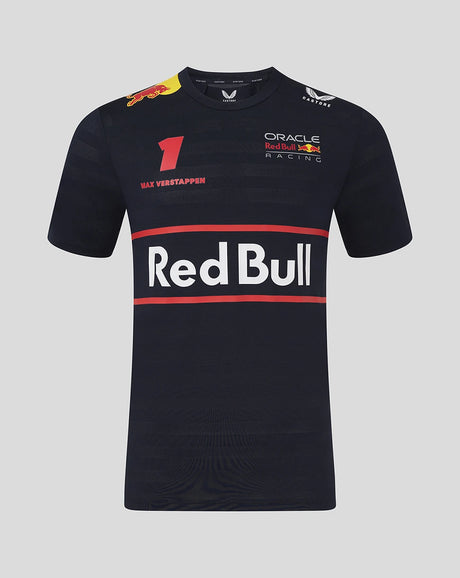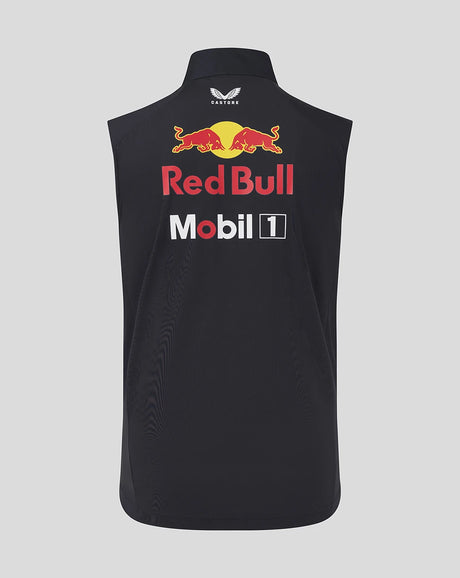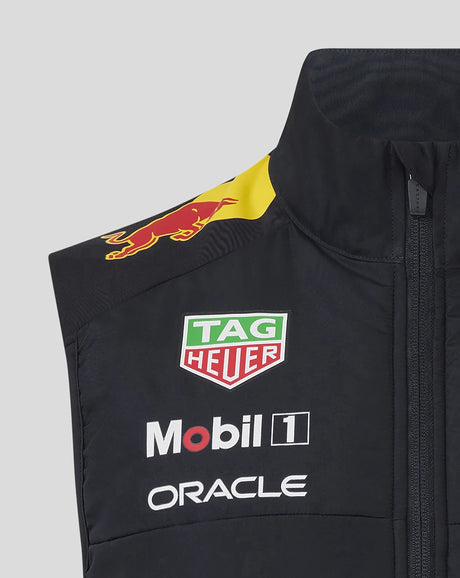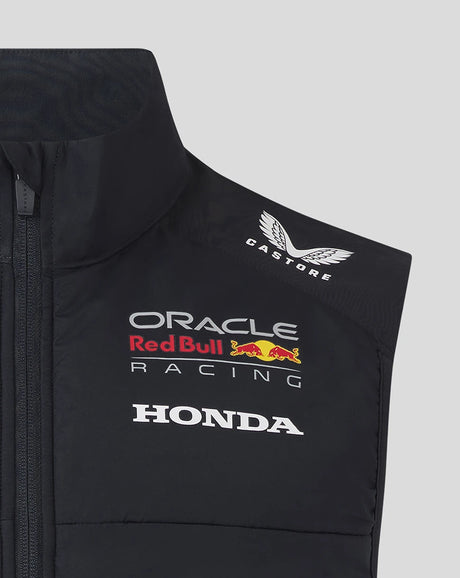For decades, Formula 1 has been a sport where technological innovation and financial might have gone hand-in-hand, often giving the deepest pockets a decisive edge. However, recent years have seen the introduction of a financial regulation that’s quietly but profoundly transformed the paddock landscape: the cost cap. As we enter a new era of F1, the cost cap not only levels the playing field but also sparks countless discussions among fans, engineers, and strategists alike. Let's delve deep into what the F1 cost cap really means for the teams and the future of the sport.
First introduced for the 2021 season, the cost cap was designed to limit the amount of money each F1 team could spend in a season on specific performance-related activities. The initial limit was set at $145 million, with reductions scheduled in subsequent years, bringing the current limit to $135 million. This figure, however, is more nuanced than it first appears. Crucial aspects such as driver salaries, the three highest-paid team staff, and marketing costs are excluded. Despite these exceptions, the cost cap has dramatically altered team operations, forcing a reallocation of resources and prioritization of R&D spending.
Before the cap's implementation, powerhouse teams like Mercedes, Red Bull, and Ferrari had budgets dwarfing those of the midfield and smaller outfits. Now, large teams must be as shrewd with their finances as they are with aerodynamics, making every dollar count. Previously, the sport risked drifting into a two-tier system, where smaller teams simply couldn’t compete. Now, we’re seeing more unpredictable races and a closing gap in the competitive order, as the resource gap narrows along with the grid.

While the intention behind the cost cap is clear, its implementation hasn’t been without challenges. Each team has had to set up dedicated finance departments to ensure compliance and comprehensive reporting. The FIA regularly audits these financial statements and has the authority to dish out penalties for breaches, ranging from financial fines to reductions in wind tunnel and CFD testing time, and even—most severely—points deductions or disqualifications. The much-publicized case of Red Bull’s minor overspend in 2021, which led to a multi-million-dollar fine and limited testing time, demonstrated that the FIA takes these rules seriously, no matter how big the team.
There are subtleties in how teams navigate the cap, inspiring ongoing debate about what should be included and what special allowances might be made. For example, costs resulting from crash damage or parental leave are currently subject to exclusions, recognizing the unpredictable nature of motorsport and supporting the diversity push within teams. Moreover, in response to inflation and increased freight costs, the cap has been occasionally adjusted, showcasing the FIA’s flexible management while maintaining its core objectives.
From a technical standpoint, the cost cap has arguably invigorated F1’s legendary reputation for engineering innovation. With less money to throw at problems, teams are compelled to prioritize efficient solutions and deliver more with less. This has leveled the battlefield, as clever engineering, creative thinking, and swift adaptability now often trump sheer financial firepower. As a result, we’re witnessing more competitive qualifying sessions, dynamic midfield fights, and, occasionally, sensational underdog podiums.
For fans, the cost cap marks an exciting chapter where unpredictability and sporting integrity take center stage. Smaller teams like Aston Martin, Williams, and Haas now have a genuine shot at challenging the giants, and driver talent or tactical excellence can shine brighter than ever. It also makes F1 more attractive to new entrants, as seen by interest from Andretti and others, potentially broadening the sport’s global reach.
Looking forward, the cost cap era will continue to shape the strategic direction of teams and the sport itself. With constant review processes and ongoing adaptation to world events, Formula 1 will strive to remain not only the pinnacle of motorsport innovation but also an inclusive, sustainable, and thrilling competition for all. The cost cap doesn’t just promise closer racing—it ensures the sport’s longevity, fairness, and relentless pursuit of excellence for generations to come.





















